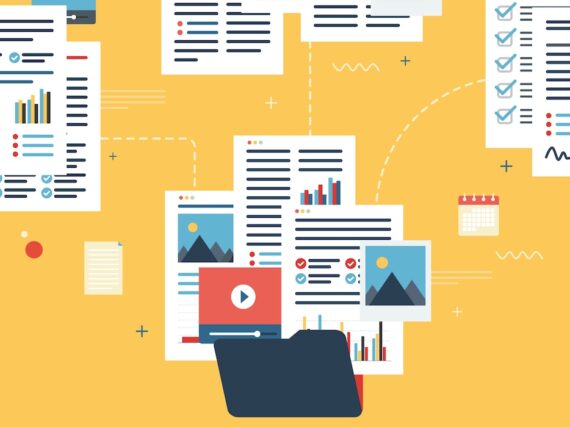When we think of great migrations, a few iconic examples come to mind: birds flying south for the winter, wildebeests thundering across the African plains, fish swimming upstream—and, of course, Drupal moving to its latest major release. Like these natural marvels, Drupal upgrades occur with predictable regularity. And while a Drupal migration may seem daunting, upgrades are essential for surviving—and thriving—in an ever-evolving digital ecosystem.
In the early days of Drupal, upgrading truly was an epic journey. Anyone who made the leap from Drupal 6 to 7 remembers what it took: rebuilding entire websites from the ground up, migrating functionality, content, and users to a brand-new codebase. Fortunately, those days are behind us. For websites running Drupal 8 or higher, updates have become a routine and manageable part of the development lifecycle.
If your site is still on an older version, don’t miss the Drupal migration, now is the time to make the move to Drupal 11. This critical upgrade enables your site to benefit from the latest security patches, performance enhancements, and modern features.
A new direction
The release of Drupal 8 in 2015 marked a major shift. Designed as enterprise-level software, Drupal 8 introduced new business processes, infrastructure, and development practices that continue to shape the platform today. These improvements made updates smaller, more predictable, and easier to manage. Instead of waiting for massive overhauls, teams can now plan for regular, incremental updates released on a defined schedule and aligned with clearly documented guidelines.
At GovWebworks, all our current Drupal clients are running sites on version 8 or higher. They’ve experienced firsthand how updates have become minor, manageable tasks. Routine patches are applied regularly, and more significant upgrades occur every few years—without the disruption of a full rebuild.
Why upgrade now
There are three key reasons to keep your Drupal site up to date. First, the Drupal Security Team actively monitors and patches vulnerabilities, keeping your site protected. Second, performance improvements in newer versions can reduce server load and resource usage. Third, updates introduce new features and functionality that improve user experience and site administration.
Now that Drupal 7 has officially reached its end of life, it will no longer receive security patches, bug fixes, or new features. Yet, more than 250,000 websites are still running Drupal 6 or 7. While the cost of migration may seem high, the cost of staying on outdated software is even greater—and rising. Drupal 11 has matured into a stable and powerful option for these long-overdue migrations. At GovWebworks, we expect a significant wave of upgrades in the coming year.
Migrate now, thank yourself later
Running an outdated version of Drupal is like skipping migration season—it might seem okay in the short term, but eventually, you’ll be left behind. There’s never been a better time to make the move. By embracing the upgrade, you ensure your website stays secure, performs efficiently, and remains ready for whatever the future holds.
Learn more
Need help with Drupal?
- Contact GovWebworks to schedule a free consultation
More Drupal posts from developer Jason Safro:
- 5 Drush Commands for Drupal Search API and Solr: Overcoming limitations updating Solr schema and clearing malformed indexes
- Overcoming Data Limitations with Drupal Views: How to leverage the power of Views and Apache Solr in back-end code
- Drupalcon Singapore 2024: Highlights from the first Drupalcon in Asia since the pandemic







